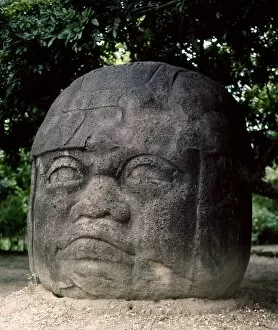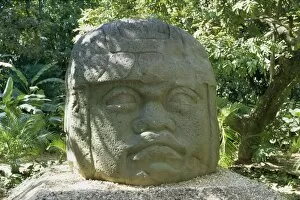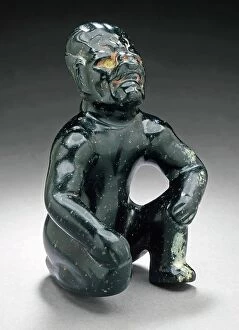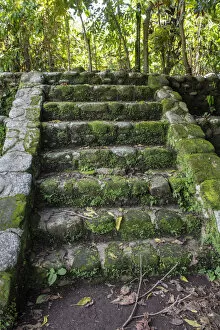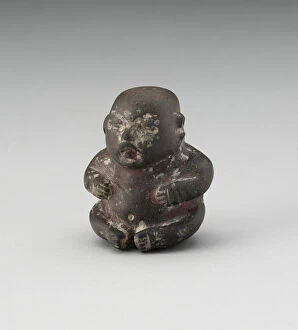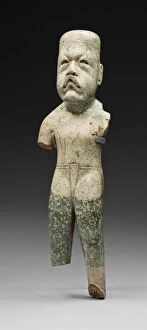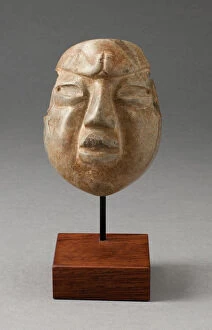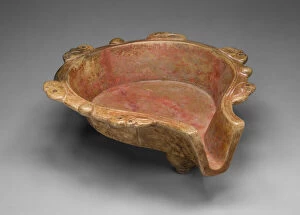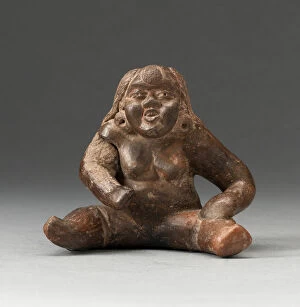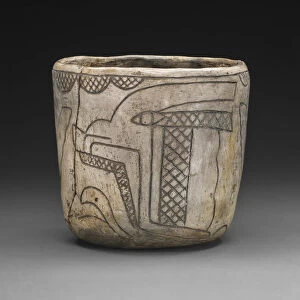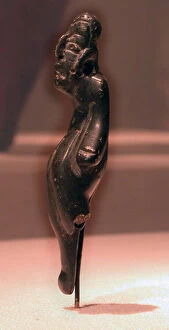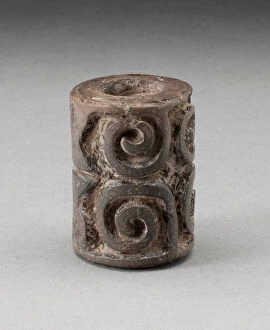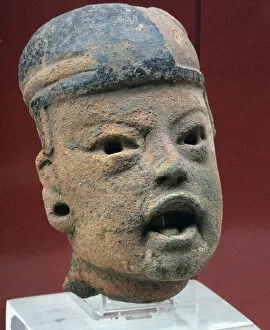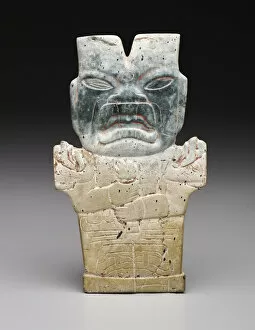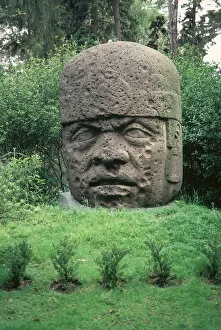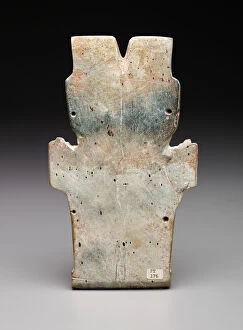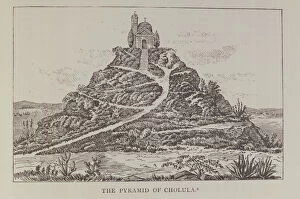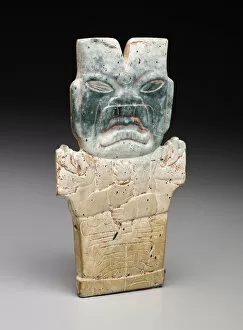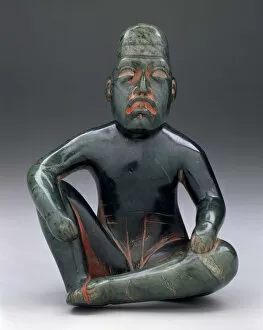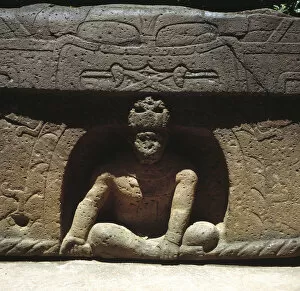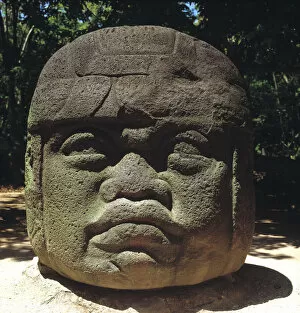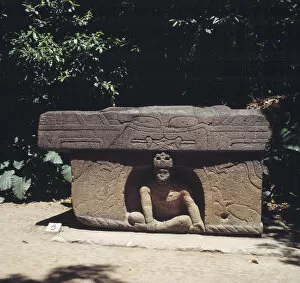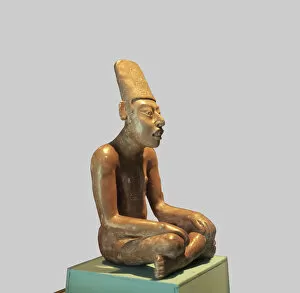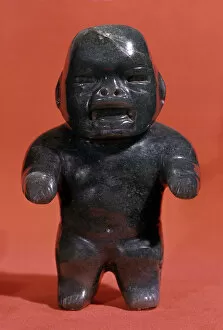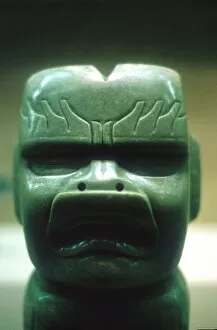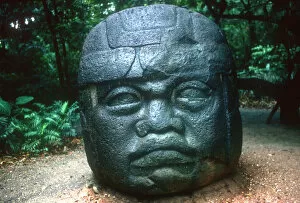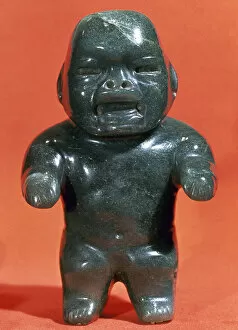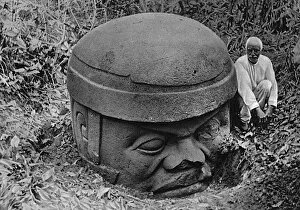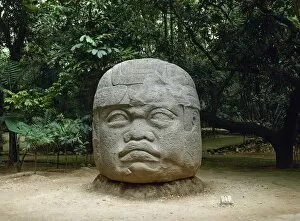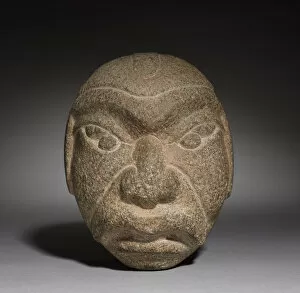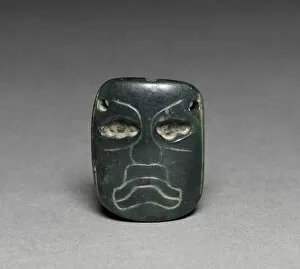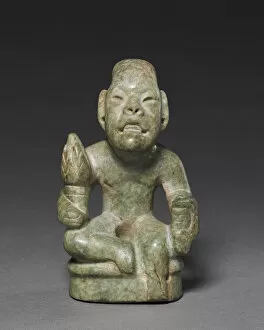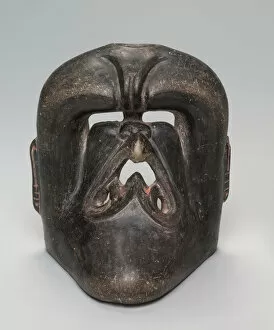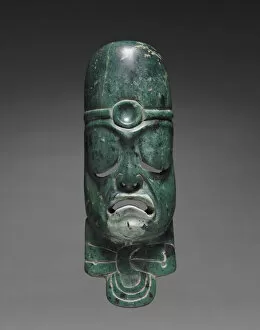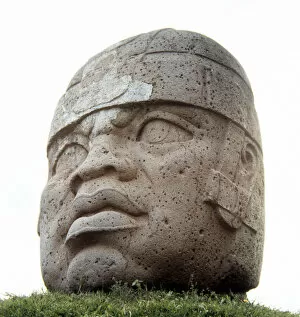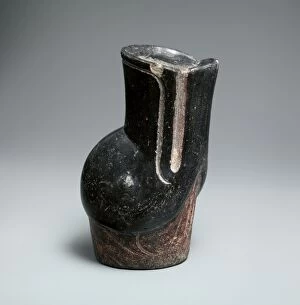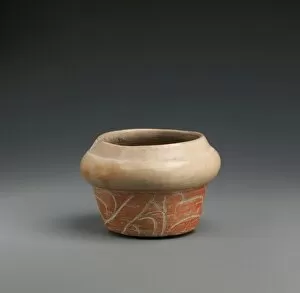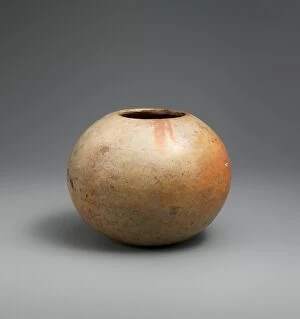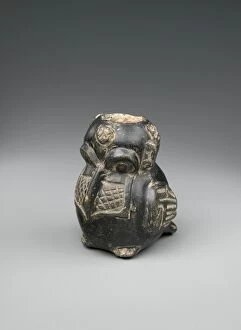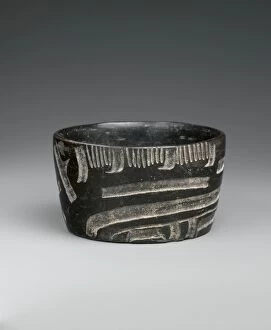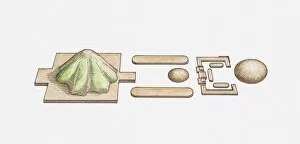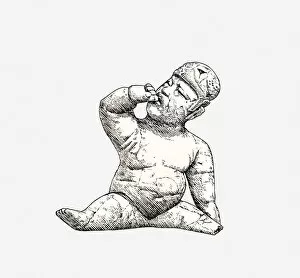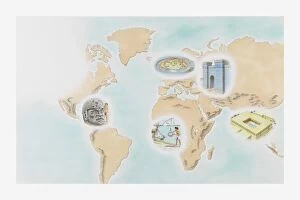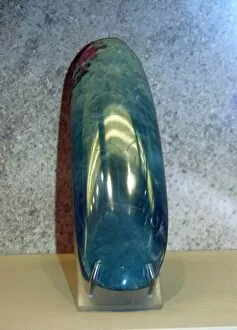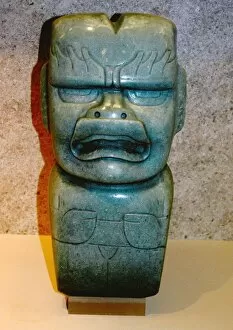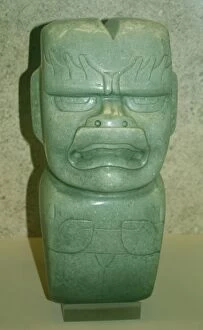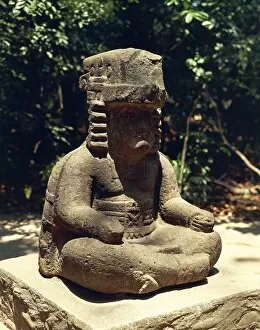Olmec Collection
The Olmec, an ancient civilization that thrived in Mexico from 800-200 B. C. , left behind a remarkable legacy of art and culture
For sale as Licensed Images
Choose your image, Select your licence and Download the media
The Olmec, an ancient civilization that thrived in Mexico from 800-200 B. C. , left behind a remarkable legacy of art and culture. One of their most iconic creations is the colossal Olmec head, which can be found scattered across various sites in Mexico and Peru. At Parque La Venta in Tabasco, Mexico, stands the impressive Olmec colossal head number 2. This massive stone sculpture showcases the incredible craftsmanship and artistic skill of the Olmec people. Similarly, at Parque-Museo la Venta, another striking Olmec stone head captivates visitors with its intricate details and mysterious aura. Traveling further south to Peru, we encounter yet another massive Olmec head that serves as a testament to their influence beyond Mexican borders. These monumental sculptures not only depict human faces but also symbolize power and authority within the Olmec society. Exploring Izapa Ruins in Tapachula, Chiapas, Mexico reveals more fascinating artifacts from this pre-Columbian civilization. A small jade figure intricately carved represents the mastery of sculpting possessed by these ancient artisans. In Villahermosa, Mexico's Cultura Olmeca museum offers a glimpse into everyday life during this period through various artifacts such as seated figurines and standing figurines created by unknown artists between 900-500 B. C. One cannot overlook the mesmerizing Mask dating back to 200 B. C. -A. D. 300; its enigmatic expression leaves us wondering about its significance within religious or ceremonial practices. Amongst other intriguing pieces is a spouted dish adorned with king vulture heads - a testament to both their reverence for nature and skilled pottery techniques employed by these anonymous creators around 800-400 B. C. Another notable artifact is the seated female figure crafted during the same time period; it exudes gracefulness while offering insights into gender roles prevalent within this ancient society.

